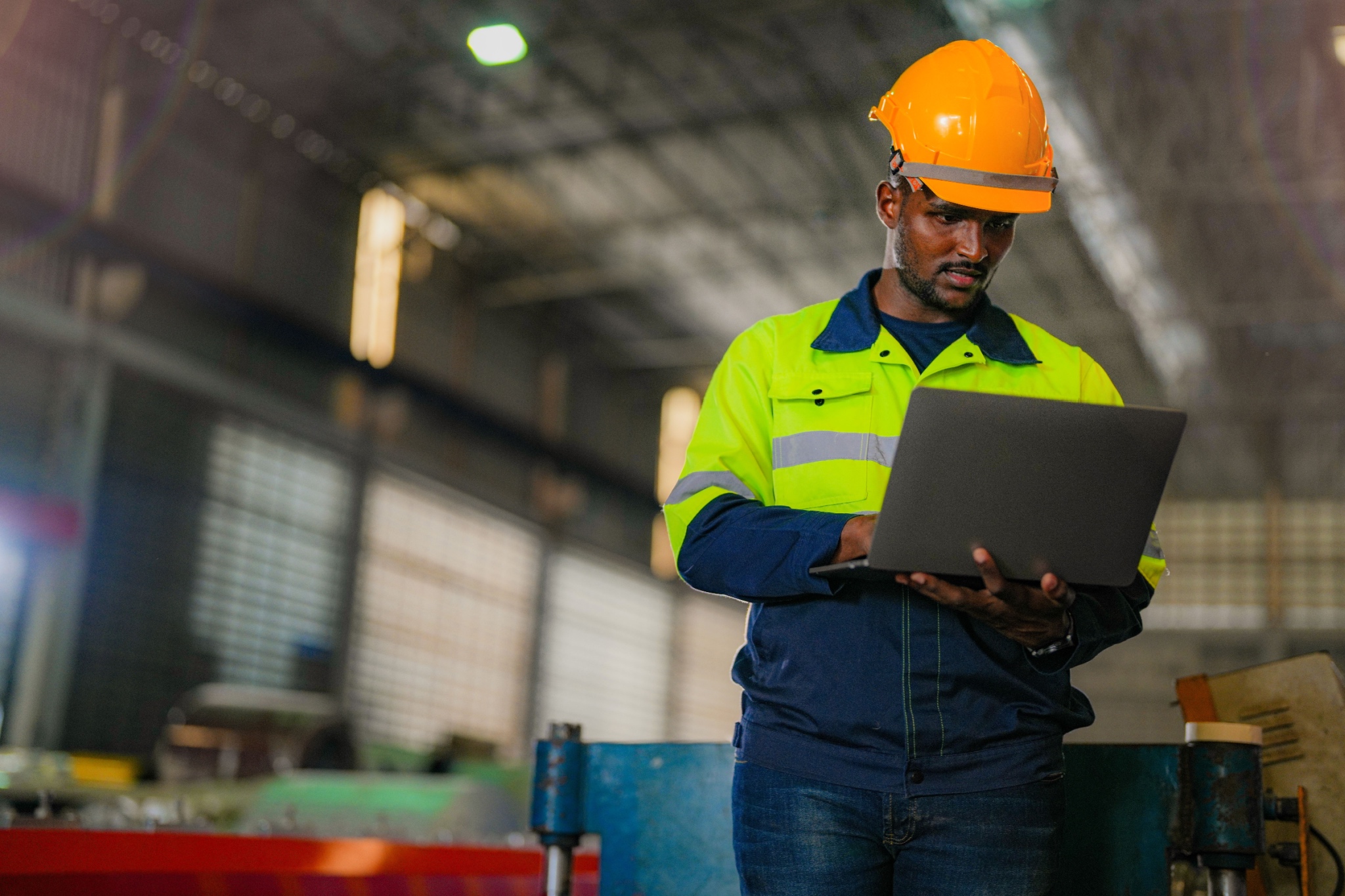Planet vs. Plastics: Observing Earth Day 2024 by Addressing ‘The Plastic Problem’
Earth Day is a time to reflect on our impact on the planet and take action to protect it. This year, the Earth Day theme is “Planet vs. Plastics.” This theme highlights the urgent need to address the global plastic pollution crisis, by demanding a 60% reduction of plastic production by 2040. It might be hard to know how to tackle such a goal as an individual, but there are steps that each of us can take to reduce our environmental impact and educate ourselves about the dangers of single-use plastics.
The negative impact of single-use plastic production
Found in common consumer goods like dinnerware, toys, and food and beverage packaging, Bisphenol A (BPA) and Phthalates are considered endocrine disruptors and linked to adverse health effects in humans.
The annual production of plastic has surpassed 380 million tons, with 100 billion plastic beverage containers sold in United States alone this past year. This level of production has serious impacts on the environment, with more microplastic in the ocean than there are stars in the Milky Way!
Solutions to plastic pollution
Many consumers see recycling as an eco-conscious way to dispose of the plastics we buy. However, only 5% of all plastics in the U.S. are actually recycled, and even then, they are “downcycled” into lower quality items or sent to low and middle-income countries. These practices, sadly, do little to reduce overall demand for new plastic production.
What steps can we take to secure a plastic-free future? To combat the detrimental effects of plastic pollution on the environment, wildlife, and human health, EarthDay.org urges individuals, businesses, NGOs, and governments to:
- Spread awareness about the harms of plastics and publicize all research related to the health and environmental impact of plastics
- Commit to the 2024 United Nations Treaty on Plastic Pollution, which aims to phase out the production of all single-use plastics by 2030
- Put an end to fast fashion through policymaking
- Invest in innovative technologies and materials that can help build a plastic-free world
Start with learning
If you’re reading this, you may be wondering what you can do on an individual level, to help solve the plastic problem. The very first item on EathDay.org’s list of actions, illustrates the importance of awareness. To take action, start by making yourself and others more aware of the risks of plastics pollution and potential solutions to this critical issue. By reading this article, you’ve already taken a step toward learning more!
To see how innovative companies are addressing global plastic waste, check out Curing our Plastic Problem, an online course offered by Bloomberg – The Spark and available via Litmos.




